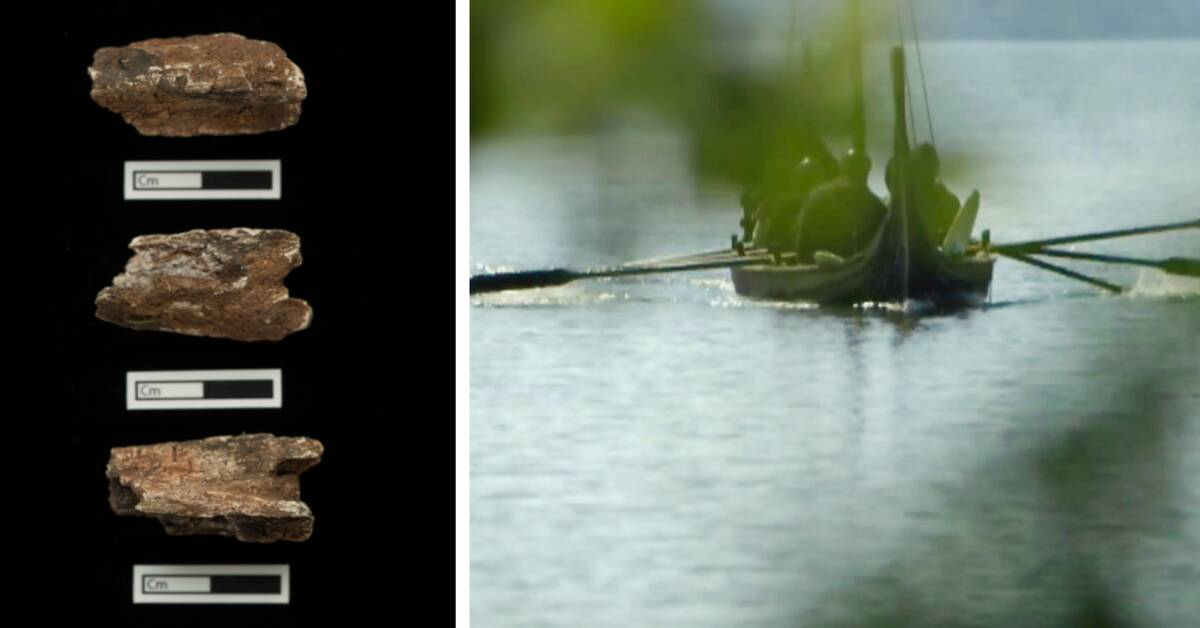In the Viking graves in Heath Wood, north of Birmingham in the middle of England, researchers have previously found skeletons from humans, horses, dogs and possibly pigs.
Now British archaeologists have been able to find out where the buried people and animals came from.
It is variations of the element strontium in the animal remains that reveal their origin.
Probably from Norway or the west coast of Sweden
Strontium is found in the bedrock and the levels vary in different places in the world.
The substance is stored in the skeleton when humans and animals eat plants from the environment.
By examining the variations of the element in the cremated skeletons, it has been possible to see whether the strontium value corresponds to that from plants in the area around Heat Wood.
In this way, the researchers have been able to rule out that a couple of the animal and human skeletons come from the local area.
Ola Magnell is an osteologist at the Norwegian State Museums of History and studies animal bones.
- They have quite high values of strontium.
Such high values are not found in the area of England where they are buried.
However, there are equivalent values in Scandinavia.
Exactly where in Scandinavia they come from is hard to say.
According to Ola Magnell, it is most likely that they come from Norway or the west coast of Sweden, more specifically Halland, Västergötland or Bohuslän.
But the same values are also found in Scotland.
- The method has its limitations, but in this case you also have written sources that tell about this Viking army that arrived in 865 and they were buried in a typical Scandinavian grave, says Ola Magnell.
The Vikings came to stay
Writings from the late 9th century describe how the Vikings in 865 broke an earlier pattern.
This time they camped inland instead of raiding monasteries on the coasts.
- Certain animals can be brought along for war trains, such as horses for transport and dogs as guards.
But the fact that they brought pigs indicates that they had an intention to colonize, says Ola Magnell.

